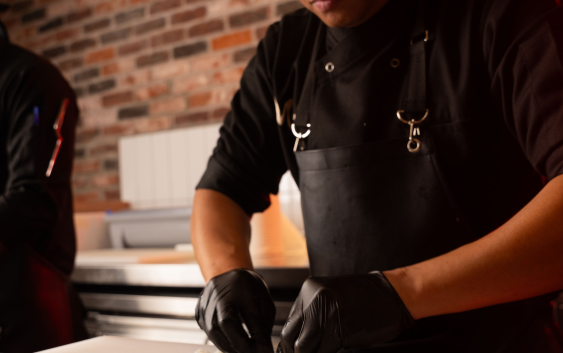How Food Photography Is Changing The Food Industry

Have you ever chosen a restaurant, cafe, or dish based on how appetising it looked in a photo? Food photography has changed the way people experience food, influencing choices, marketing strategies, and dining trends.
High-quality images capture the core of a dish, making it more appealing to customers. From social media to online menus, food photography has become a powerful tool in the food industry.
Improving digital marketing and social media presence:
Restaurants, cafes, and food brands rely on visually appealing images to attract customers online. Platforms like Instagram, Facebook, and TikTok showcase beautifully presented dishes, drawing in food lovers. Well composed food photography increases engagement, encouraging users to visit a restaurant or try a recipe. A single eye-catching image has the strength to reach thousands of viewers, boosting a brand’s visibility.
Influencing consumer choices:
People often decide where to eat or what to order based on food photos. High-quality images in menus, websites, and food delivery apps influence customer decisions. A well-photographed dish appears more appetising, increasing the likelihood of orders. This shift has led to businesses investing in professional photography to make their offerings more visually appealing.
Changing food presentation standards:
The demand for attractive food photos has influenced how chefs and food businesses present their dishes. Restaurants pay more attention to plating, ensuring meals look as good as they taste. Social media trends, such as colorful smoothie bowls or aesthetic coffee art, have encouraged creative food styling. This focus on presentation improves the overall dining experience.
Driving the popularity of food blogging and influencers:
Food bloggers and influencers use photography to showcase new restaurants, recipes, and food trends. Their content reaches large audiences, shaping dining habits and food preferences. A visually stunning dish featured by a popular influencer often leads to increased customer interest. Many food businesses collaborate with photographers and influencers to expand their reach.
Improving online food delivery and e-commerce:
With the rise of food delivery services and online grocery shopping, food photography plays a significant role in sales. Well-lit, detailed images of dishes and ingredients make online menus more appealing. Customers are more likely to order from a restaurant or purchase a product if they see a high-quality image of it. This has led to a shift in how food businesses present their offerings digitally.